West India's Famous Hill Stations
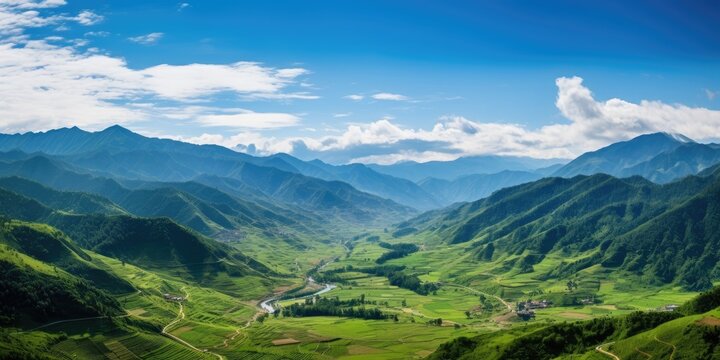
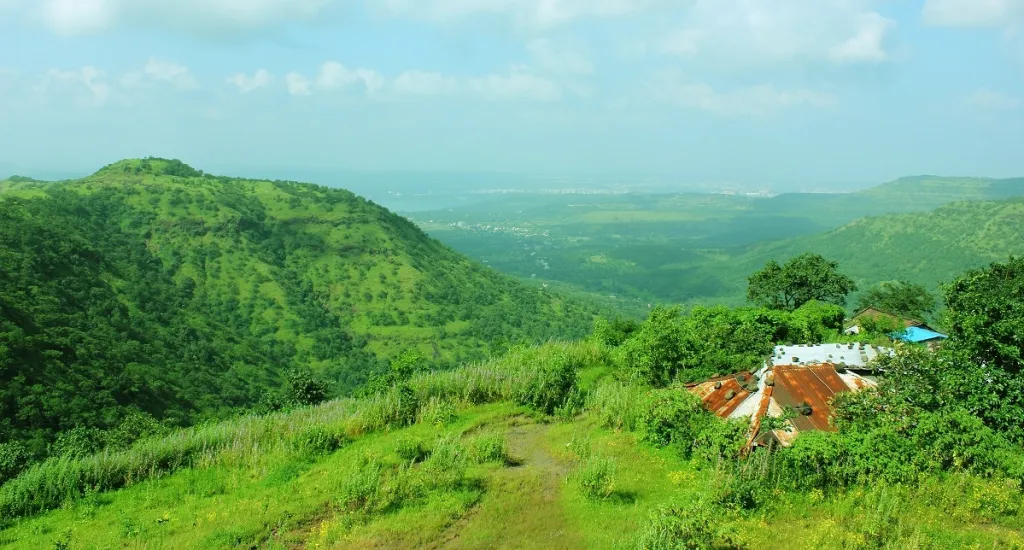
Nestled in the majestic ranges of the Western Ghats and the Aravallis, West India’s Famous Hill Stations offer a captivating escape into cool climates, lush greenery, and colonial charm. Discover the rolling tea estates of Maharashtra, the serene lakes of Mount Abu in Rajasthan, and the misty peaks of Gujarat. These destinations provide the perfect retreat for those seeking adventure, tranquility, or a glimpse into royal history, promising an unforgettable experience amidst nature’s serene embrace.
Wiki Link: Famous Hill Stations of West India
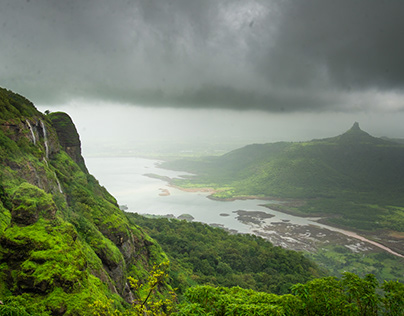
Maharashtra - Matheran
The Ecological Paradise on a Plateau
Era: Discovered in 1850 by Hugh Poyntz Malet, a British collector
Altitude: 800 m (2,625 ft) above sea level
Location: Raigad district, Maharashtra
Asia’s only automobile-free hill station, Matheran is a tranquil haven accessible only by a narrow-gauge toy train or on foot. Its name translates to “Mother Forest,” and it lives up to it with lush cover and 38 designated lookout points offering breathtaking views of the surrounding valleys and peaks. The quiet walking trails, horse rides, and fresh mountain air make it a perfect detox from city life.
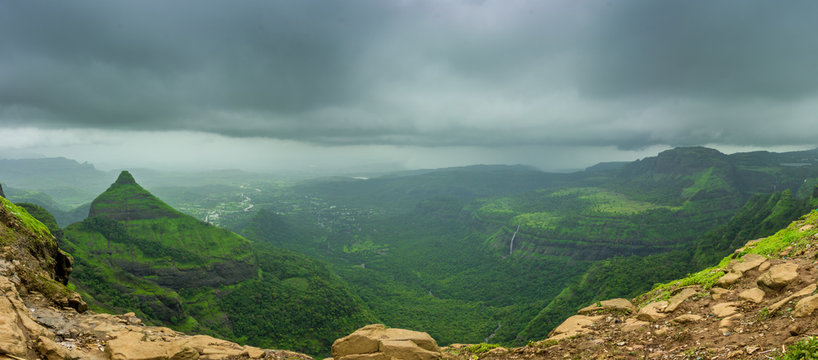
Lonavala & Khandala
The Twin Jewels of the Sahyadris
Era: Developed as strategic hill stations during the British Raj
Altitude: 625 m (2,050 ft) above sea level
Location: Pune district, Maharashtra
Famous as the “Chikki Capital” of India, these twin hill stations are the most popular weekend getaways from Mumbai and Pune. They come alive during the monsoon, with countless waterfalls cascading down rugged cliffs and mist-covered valleys. Key attractions include the ancient Karla and Bhaja Caves, Tiger’s Point, and the serene Bhushi Dam.
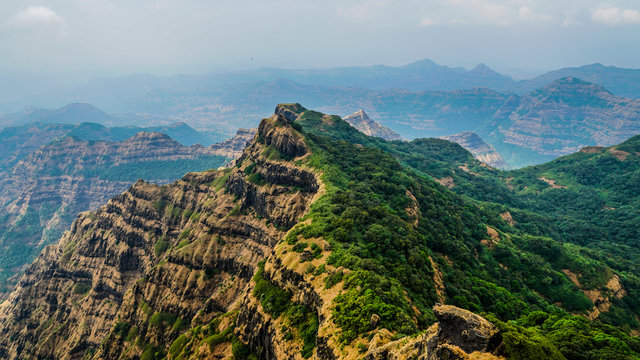
Mahabaleshwar
The Strawberry Garden of Maharashtra
Era: Served as the summer capital of the Bombay Presidency during the British era
Altitude: 1,353 m (4,439 ft) above sea level
Location: Satara district, Maharashtra
The largest hill station in Maharashtra, Mahabaleshwar is a verdant plateau crisscrossed with winding roads and scenic trails. It is famed for its vast strawberry farms, pristine viewpoints like Arthur’s Seat and Wilson Point, and the holy origin point of the Krishna River at Panch Ganga Temple. The cool climate and colonial-era architecture add to its timeless charm.
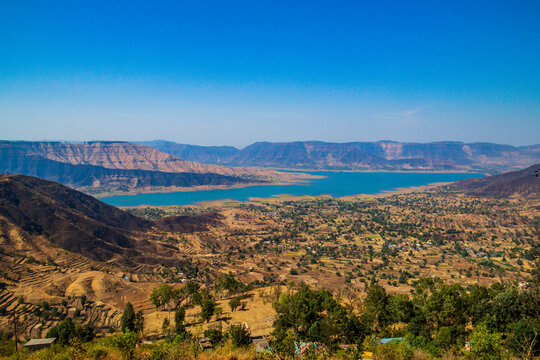
Panchgani
The Land of Five Hills
Era: Developed as a retirement destination and sanatorium in the 1860s by John Chesson
Altitude: 1,334 m (4,377 ft) above sea level
Location: Satara district, Maharashtra
Situated near Mahabaleshwar, Panchgani is known for its serene, healthy environment and prestigious boarding schools. The massive, flat-topped volcanic plateau called “Table Land” is its main attraction, offering spectacular views and horse-riding experiences. The town is also famous for its caramel creams and homemade chocolates.
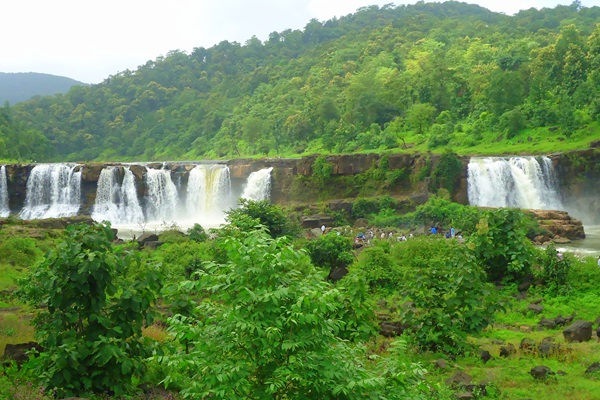
Gujarat - Saputara
The Abode of Serpents
Era: Planned and developed as a hill station post-independence by the Gujarat government
Altitude: 1,000 m (3,280 ft) above sea level
Location: Dang district, Gujarat
Gujarat’s only hill station, Saputara, is a beautifully maintained gem on the Sahyadri range. Its name means “Abode of Serpents,” and a snake idol on the banks of the river Sarpaganga is worshipped by the local tribal communities. Attractions include the stunning Sunset Point, the Saputara Lake, a ropeway, and an artist village showcasing local art and culture.
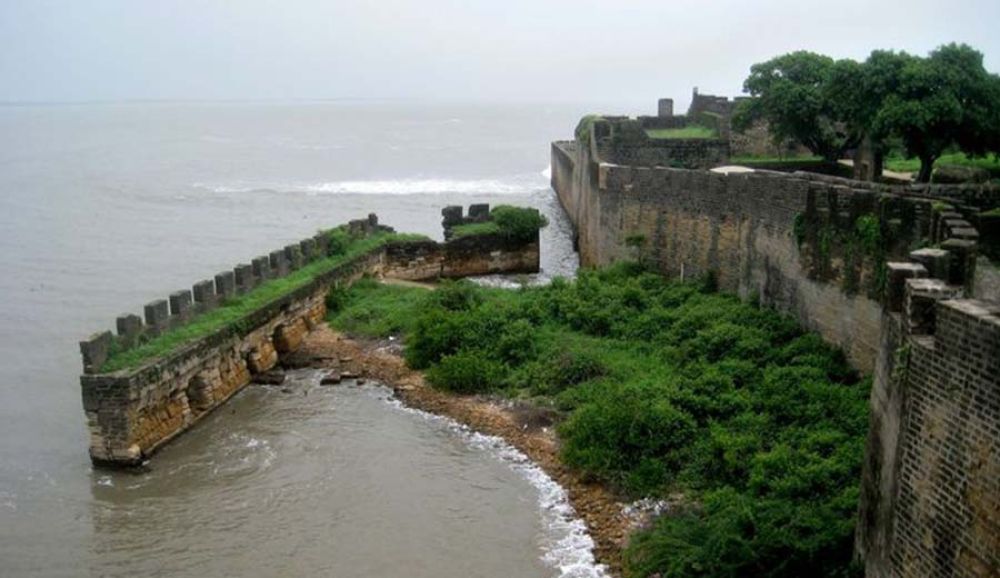
Daman - The Coastal Highlands
A Blend of History and Scenic Vistas
Era: Developed as a Portuguese colonial territory from the 16th century
Altitude:Low-lying coastal area with elevated sections
Location: Daman, Union Territory of Daman & Diu
While not a traditional high-altitude hill station, Daman offers a unique coastal highland experience. The area features scenic cliffs, gentle hills, and promenades that provide stunning views of the Arabian Sea. The Moti Daman Fort, situated on a vantage point, offers panoramic views of the daman ganga river meeting the sea. The serene Devka Beach and its adjoining gardens are set against a backdrop of lush greenery, providing a refreshing, resort-like atmosphere. Its combination of sea breezes, historic charm, and elevated viewpoints makes it a distinct and relaxing getaway within the Union Territory.

Goa - Monsoon Valley
The Vineyard in the Misty Hills
Era: Developed in the early 21st century as part of the wine tourism circuit
Altitude: Approximately 450 m (1,476 ft) above sea level
Location: Sanguem, Goa
Nestled in the verdant, rolling hills of the Goan hinterland, Monsoon Valley offers a unique hill station experience distinct from the state’s famous beaches.
- This area is home to Goa’s premier vineyards, where the landscape transforms into lush, green terraces of grapevines, especially during the monsoon and post-monsoon seasons.
- The cool, misty climate provides a refreshing escape and a stunning backdrop for wine tasting tours.
- Visitors can enjoy guided walks through the vineyards, sample locally produced wines, and take in the panoramic views of the surrounding Western Ghats, making it a perfect blend of agritourism and scenic hill station tranquility.
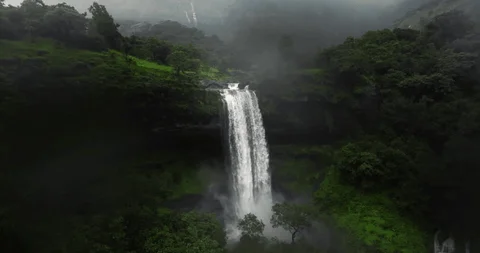
Bhandardara
The Land of Lakes and Waterfalls
Era: The area developed around the Wilson Dam built in 1910
Altitude: 750 m (2,460 ft) above sea level
Location: Ahmednagar district, Maharashtra
A serene and picturesque hill station built around the pristine Arthur Lake, Bhandardara is a haven for nature lovers and photographers. It is home to the mighty Wilson Dam, the stunning Umbrella Falls, and the historic 13th-century Fort Kalsubai, which lies at the base of Maharashtra’s highest peak, Mount Kalsubai. The star-gazing opportunities here are exceptional due to the minimal light pollution, and the tranquil environment is perfect for a quiet getaway.
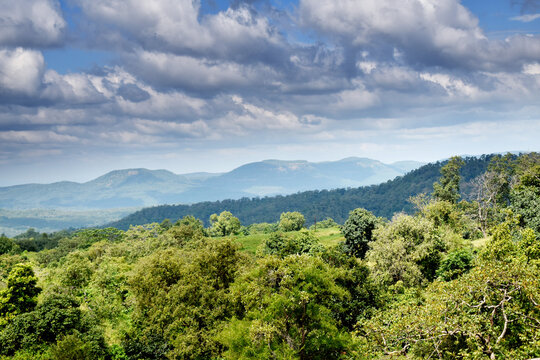
Maharashtra - Chikhaldara
The Melghat Tiger Reserve Retreat
Era: Developed in the 19th century by British officials; named after the mythical Kichakadhara from the Mahabharata
Altitude: 1,118 m (3,668 ft) above sea level
Location: Amravati district, Maharashtra
Nestled within the biodiversity-rich Melghat Tiger Reserve, Chikhaldara is the only hill station in the Vidarbha region. It is steeped in legend, believed to be the place where Bheem killed the villainous Kichaka and where the epic episode of Draupadi’s bath occurred. The town offers spectacular views of dense forests, deep valleys, and waterfalls. Key attractions include the Bhim Kund, Devi Point, and the Prospect Point, along with opportunities for wildlife spotting.
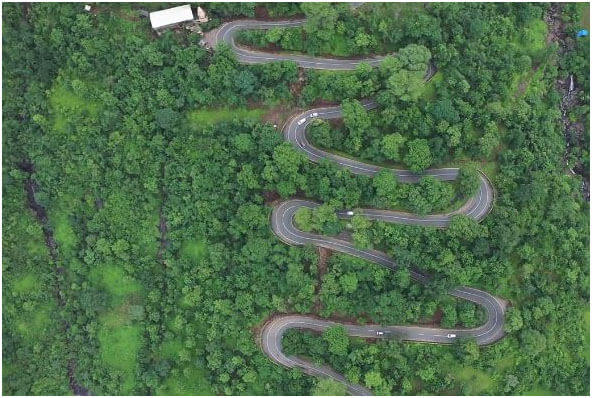
Gujarat - Wilson Hills
The Coastal Cliffside Getaway
Era: Named after the then Governor of Bombay, Lord Wilson, during the British Raj
Altitude: 750 m (2,500 ft) above sea level
Location: Dang district, Gujarat
One of the only two hill stations in Gujarat, Wilson Hills offers the unique distinction of being one of the few places in India where you can witness the simultaneous view of the sea and the hills. The road to the top is a beautiful drive with numerous hairpin bends. Key viewpoints like Lady Wilson Point and the surrounding lush green forests make it a charming and relatively less crowded alternative to Saputara.
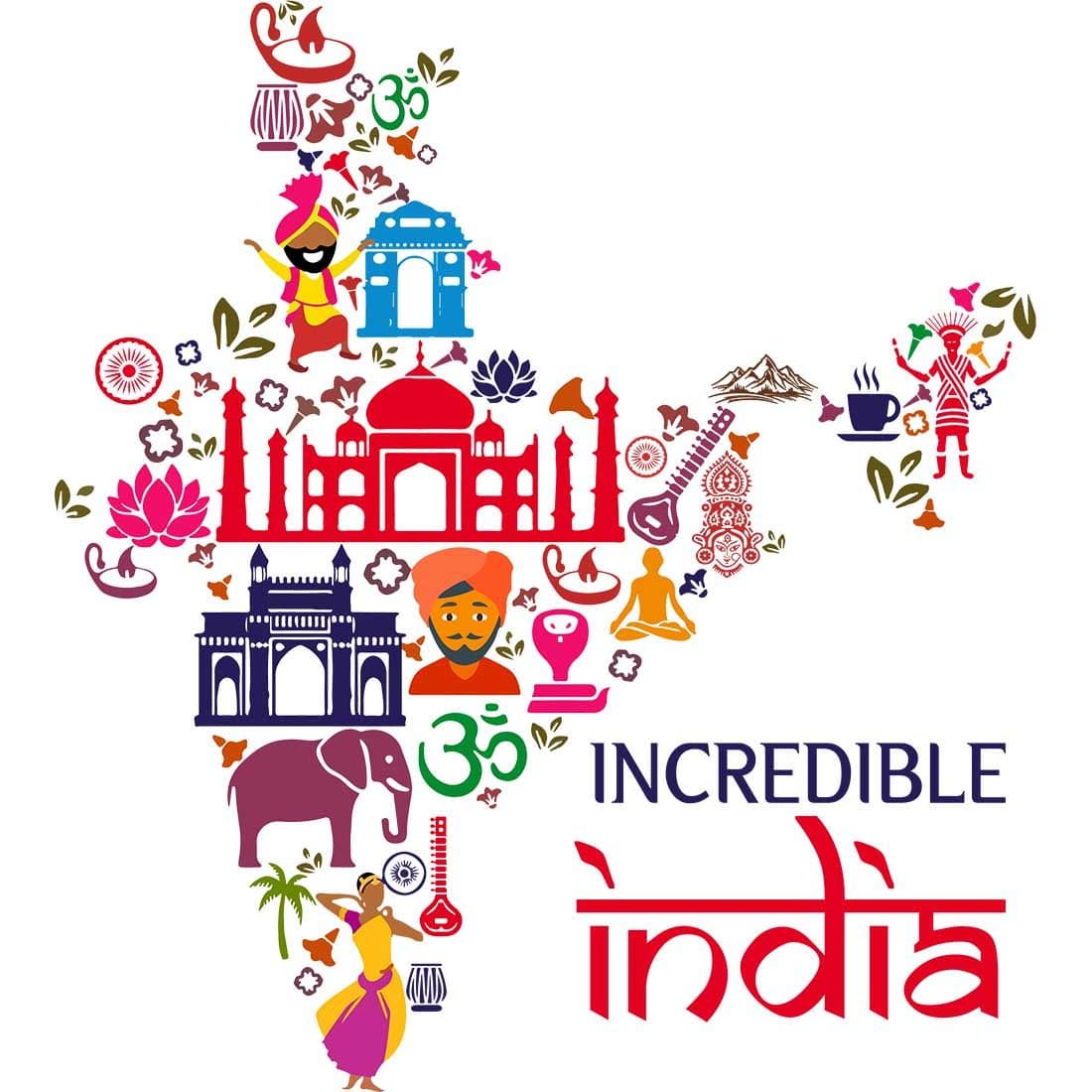
West India's Famous Hill Stations
- West India Hill Stations Guide
- Places to Visit in West India’s Hills
- India’s Most Scenic Hill Getaways
- Mountain Escapes in West India
